Interview by Jana Hoops. Special to the Clarion-Ledger Sunday print edition (November 10)
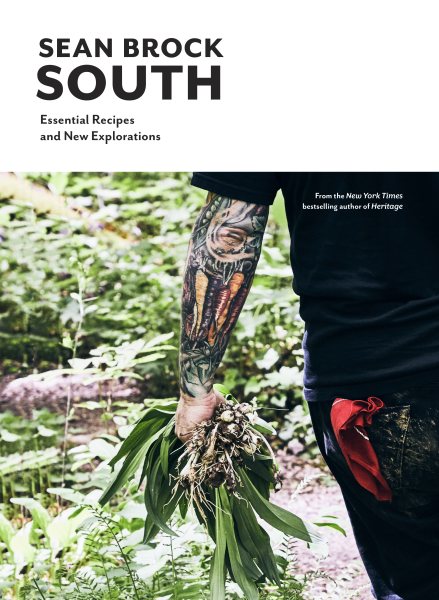 Sean Brock, the James Beard Award-winning author of Heritage follows up his nationally acclaimed debut book with a decidedly enthusiastic probe into the nurturing and connecting qualities of his favorite cuisine with South: Essential Recipes and New Explorations.
Sean Brock, the James Beard Award-winning author of Heritage follows up his nationally acclaimed debut book with a decidedly enthusiastic probe into the nurturing and connecting qualities of his favorite cuisine with South: Essential Recipes and New Explorations.
With an immutable passion for preserving and restoring heirloom ingredients, Brock offers up 125 recipes in South, with chapters that include everything from “Snacks and Dishes to Share” to “Grains,” “Vegetables and Sides” and even a section titled “Pantry,” complete with recipes and tips for preserving and canning–not to mention two full pages on “How to Make Vinegar.”

Sean Brock
Brock was the founding chef of the award-winning Husk restaurants and is now the chef and owner of Audrey, a distinctly unique dining destination set to open in east Nashville next year.
Brock has been recognized with the James Beard Award for Best Chef Southeast in 2010 and was a finalist for Outstanding Chef in 2013, 2014, and 2015. He has appeared on the TV series Chef’s Table and The Mind of a Chef, for which he was nominated for an Emmy.
Raised in rural Virginia Brock now lives in Nashville.
You made a national name for yourself crafting the heritage cuisine of the award-winning Husk restaurants in Charleston and Greenville, South Carolina; Savannah, Georgia; and Nashville. Tell me about your decision to shift gears and settle in Nashville as you start a new chapter of your life and career.
After my son was born, I had a health scare the last couple of years. I realized that I have to take better care of myself. I was working way too much and I worried way too much. I was operating eight restaurants in five cities. Finally, I had to say “goodbye” to that chapter and start a new path.
Your first book, Heritage, won the James Beard Award for Best American Cookbook and the IACP Julia Child First Book Award, and was called “the blue ribbon chef cookbook of the year” by The New York Times. Were you surprised by its huge success, and would you say that this achievement that helped change your career path?
I can hardly fathom that I ever even got a book deal–and that there would be so much interest in what I was doing with food.
Writing a book is really scary. With my first book, I knew I had one shot to get it out there the way I wanted. There is a gap of about a year between writing a book and getting it published–and a lot can happen in between. Once it’s out there, it’s out there. All I could do was cross my fingers and hope people would get into it. I remember holding it in my hands after it first came out, and seeing others holding it in their hands. That’s when it became real to me.
Winning the James Beard Award was such a stretch that I could have never even imagined it. I remember that day and what a whirlwind of excitement it was.
I think that book came out at a perfect time in America because I began to realize people were really, really interested in Southern food. As a place, it has many cuisines, not just one. It has a strong historical aspect that affects its preset and future.
You have said that you believe Southern cuisine ranks among the best in the world. Please tell me about South, and your motivations for writing it. What message do you want this book to convey?
It’s about how we all can contribute to our own food history. The way I see it, place has its own ingredients and its own cultural influences and natural geography. That’s how cuisine is shaped–restoring the old so we can now have the new. We look to many cultures much older than ours and how they handled their ingredients. It’s important that we can all contribute something to our own culinary history.
You grew up in the Appalachian Mountains of Virginia, and attended cooking school in Charleston while you were still a teenager. What influenced your early culinary interests at such a young age?
I grew up living with my grandmother for a while. I was around 11 to 14 years old at that time, and those were such formative years. I loved eating at her table and being in her garden. It gave me a different perspective about food, and I just fell in love with it.
I started working in (restaurant) kitchens at age 15. Food Network had just started on TV, and that was where I began to see that side of food preparation as a more serious craft.
Thanks to my grandmother, I learned the power of food to nurture and comfort, and I never wanted to do anything else.
Sean Brock will be at Cathead Distillery on Thursday, November 14, a5 5:00 p.m. in conversation with John Currence to sign and discuss South: Essential Recipes and New Explorations.


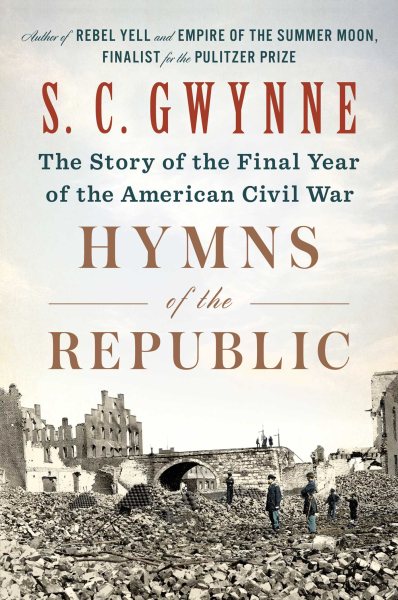 In his second inaugural address, delivered in March 1865, Abraham Lincoln expressed his hope that “this mighty scourge of war may speedily pass away” but also allowed that it might yet be God’s will that “every drop of blood drawn with the lash shall be paid by another drawn with the sword.”
In his second inaugural address, delivered in March 1865, Abraham Lincoln expressed his hope that “this mighty scourge of war may speedily pass away” but also allowed that it might yet be God’s will that “every drop of blood drawn with the lash shall be paid by another drawn with the sword.”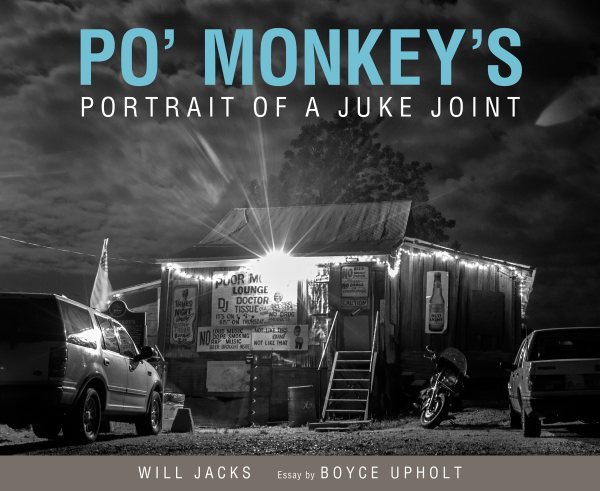 After decades of those-who-know-don’t-need-to-ask operation catering to locals in search of a Thursday evening respite, the establishment rose to prominence as white photographers and journalists enthralled by its authenticity brought news of its existence to their audiences, turning it into a must-see site for blues tourists traveling the Mississippi Delta.
After decades of those-who-know-don’t-need-to-ask operation catering to locals in search of a Thursday evening respite, the establishment rose to prominence as white photographers and journalists enthralled by its authenticity brought news of its existence to their audiences, turning it into a must-see site for blues tourists traveling the Mississippi Delta.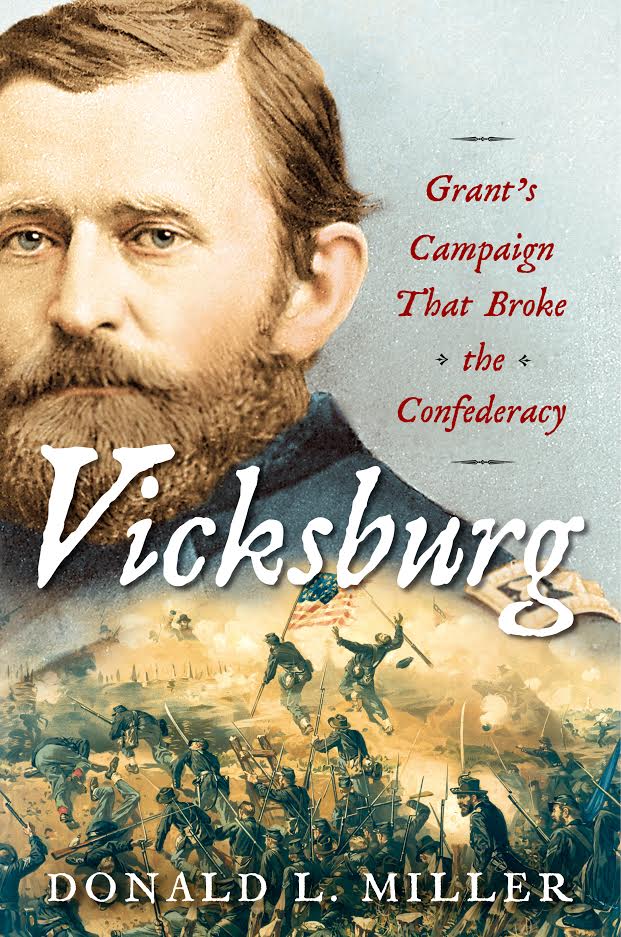 On May 1, 1863, Ulysses S. Grant’s Union Army of the Tennessee crossed the Mississippi River on a flotilla of steamboats, gunboats and barges and landed on Mississippi soil at Bruinsburg. It was the largest amphibious landing by an American army in history and would remain so until World War II.
On May 1, 1863, Ulysses S. Grant’s Union Army of the Tennessee crossed the Mississippi River on a flotilla of steamboats, gunboats and barges and landed on Mississippi soil at Bruinsburg. It was the largest amphibious landing by an American army in history and would remain so until World War II.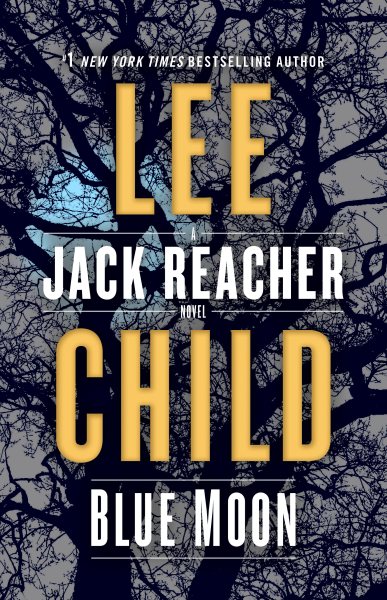 Jack Reacher was the first series I picked up after graduating a little over two years ago, on the suggestion of my father. After having read nothing but assigned nonfiction and literary classics throughout the entirety of my college career, it was absolutely refreshing to read Lee Child’s thrillers for the first time. Child admits he doesn’t aim to write with overly elaborate wordplay or any kind of deep imagery common to the literary world, which is what I was accustomed to; alternately, he writes direct, straightforward, plot and character-driven thrillers. This is not to say the Child’s mysteries are easily solved, or that the characters are dry or predictable, but that the books are meant to be enjoyed without the need for any over-analyzing. I’d forgotten the sheer joy of reading a book for fun, and I found myself legitimately excited to find out what would happen in each entry in the series I read.
Jack Reacher was the first series I picked up after graduating a little over two years ago, on the suggestion of my father. After having read nothing but assigned nonfiction and literary classics throughout the entirety of my college career, it was absolutely refreshing to read Lee Child’s thrillers for the first time. Child admits he doesn’t aim to write with overly elaborate wordplay or any kind of deep imagery common to the literary world, which is what I was accustomed to; alternately, he writes direct, straightforward, plot and character-driven thrillers. This is not to say the Child’s mysteries are easily solved, or that the characters are dry or predictable, but that the books are meant to be enjoyed without the need for any over-analyzing. I’d forgotten the sheer joy of reading a book for fun, and I found myself legitimately excited to find out what would happen in each entry in the series I read.
 Since so much of John Hodgman’s new memoir,
Since so much of John Hodgman’s new memoir, 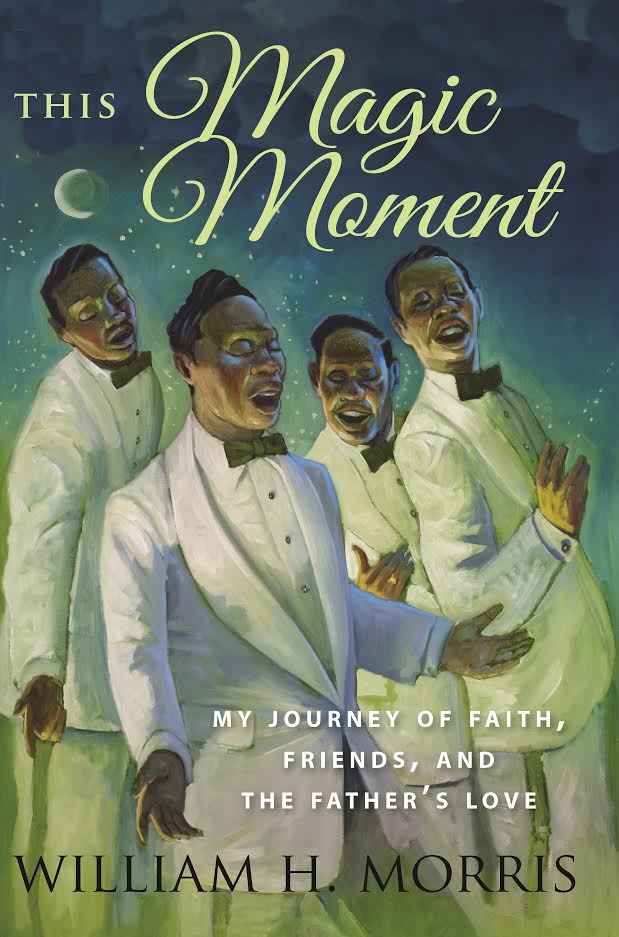 Some people make their own luck. Others have never met a stranger. In the case of lifelong Jacksonian Bill Morris, these notions work in tandem. As the founder of the William Morris Group, Bill has made a name for himself nationally in the insurance world. However in his memoir,
Some people make their own luck. Others have never met a stranger. In the case of lifelong Jacksonian Bill Morris, these notions work in tandem. As the founder of the William Morris Group, Bill has made a name for himself nationally in the insurance world. However in his memoir, 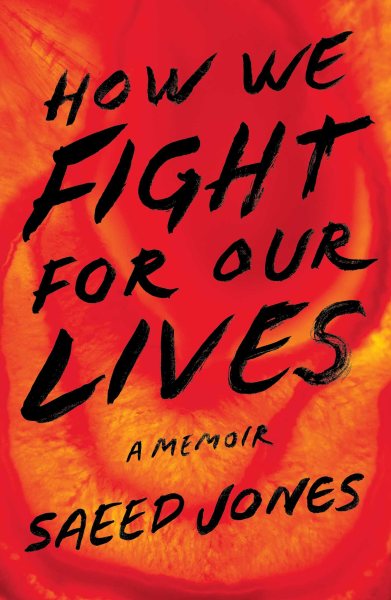 It is the global projection of this image, as imperfect as it may be in actuality, that has long been a part of the lore and lure of the United States of America. It is the mirage that entices thousands upon thousands of people to leave their troubled homelands and, sometimes, risk their lives to come to “the land of the free and the home of the brave,” where they are free to live their lives as they see fit, worship the God of their choice, and consume as much as their wallet will allow.
It is the global projection of this image, as imperfect as it may be in actuality, that has long been a part of the lore and lure of the United States of America. It is the mirage that entices thousands upon thousands of people to leave their troubled homelands and, sometimes, risk their lives to come to “the land of the free and the home of the brave,” where they are free to live their lives as they see fit, worship the God of their choice, and consume as much as their wallet will allow.